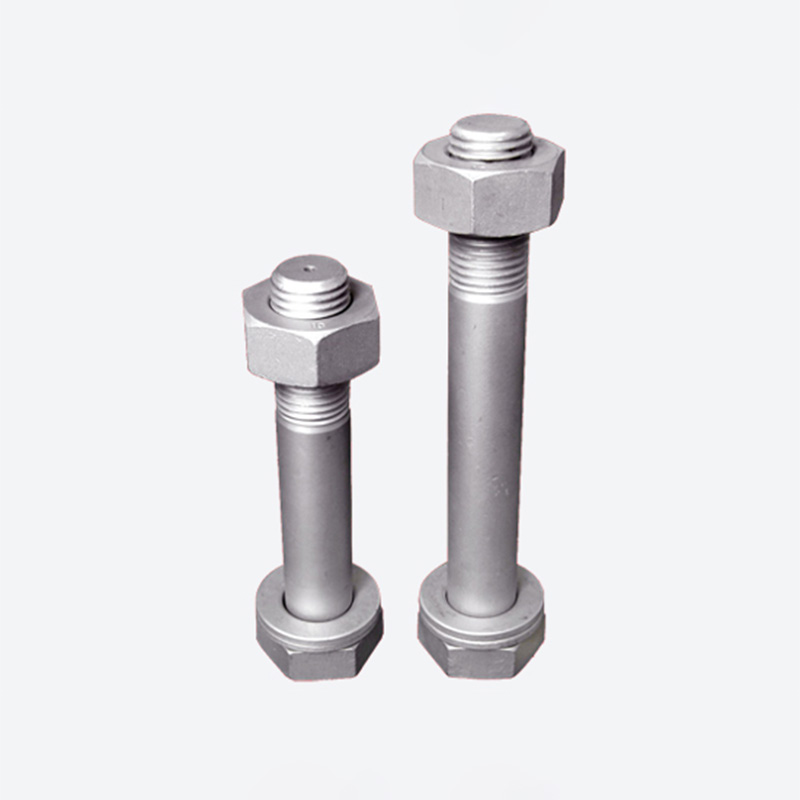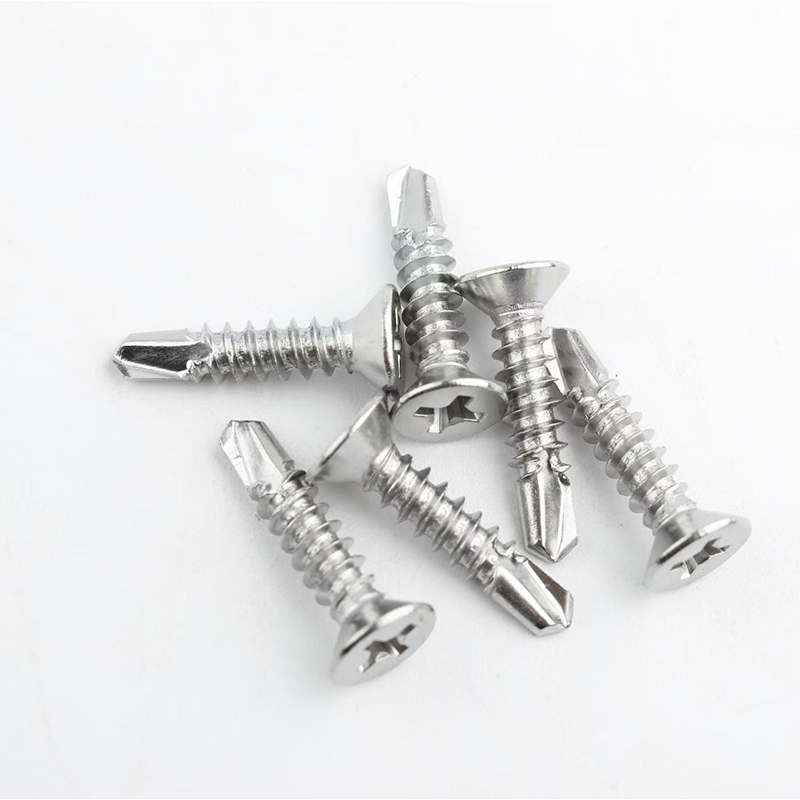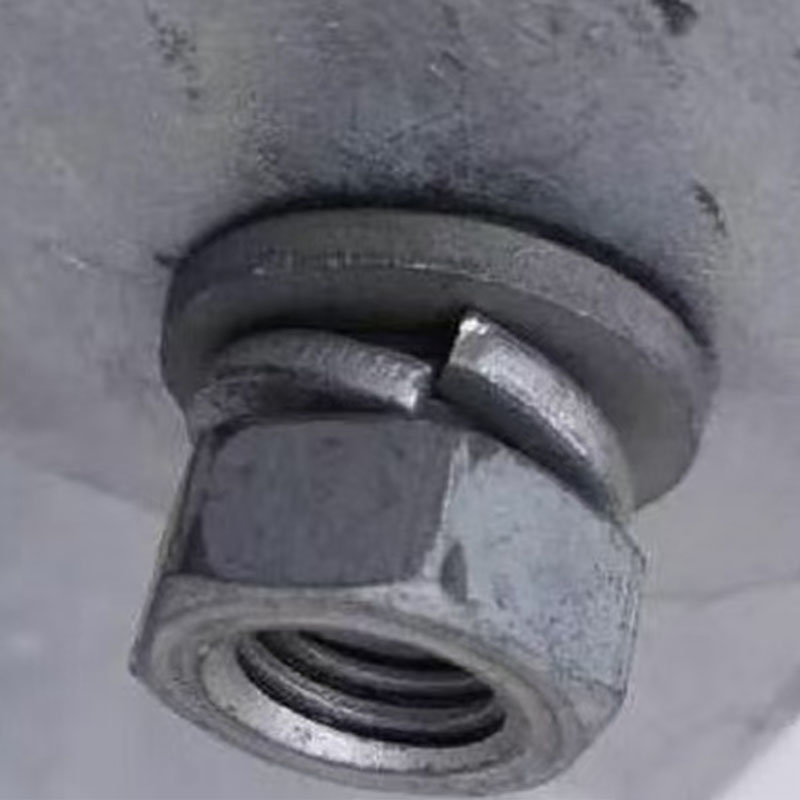- English
- Chinese
- French
- German
- Portuguese
- Spanish
- Russian
- Japanese
- Korean
- Arabic
- Irish
- Greek
- Turkish
- Italian
- Danish
- Romanian
- Indonesian
- Czech
- Afrikaans
- Swedish
- Polish
- Basque
- Catalan
- Esperanto
- Hindi
- Lao
- Albanian
- Amharic
- Armenian
- Azerbaijani
- Belarusian
- Bengali
- Bosnian
- Bulgarian
- Cebuano
- Chichewa
- Corsican
- Croatian
- Dutch
- Estonian
- Filipino
- Finnish
- Frisian
- Galician
- Georgian
- Gujarati
- Haitian
- Hausa
- Hawaiian
- Hebrew
- Hmong
- Hungarian
- Icelandic
- Igbo
- Javanese
- Kannada
- Kazakh
- Khmer
- Kurdish
- Kyrgyz
- Latin
- Latvian
- Lithuanian
- Luxembou..
- Macedonian
- Malagasy
- Malay
- Malayalam
- Maltese
- Maori
- Marathi
- Mongolian
- Burmese
- Nepali
- Norwegian
- Pashto
- Persian
- Punjabi
- Serbian
- Sesotho
- Sinhala
- Slovak
- Slovenian
- Samoan
- Scots Gaelic
- Shona
- Sindhi
- Sundanese
- Swahili
- Tajik
- Tamil
- Telugu
- Thai
- Ukrainian
- Urdu
- Uzbek
- Vietnamese
- Welsh
- Xhosa
- Yiddish
- Yoruba
- Zulu
- Kinyarwanda
- Tatar
- Oriya
- Turkmen
- Uyghur

150mm muraayadaha derbiga engegan ma yihiin kuwo waara?
2025-08-14
Muraayado qallalan ayaa udub dhexaad u ah dhismaha, laakiin 150mm xulashooyinka dhab ahaantii waa kuwo waara? Maqaalkani waxa uu sahamiyaa haddii boolal-dheerayaashan dheer ay bixiyaan cidhif cagaaran ama haddii ay yihiin shay kale oo ku jira liiska weligood sii kordhaya ee caqabadaha dhismaha. Wadahadalku waxa uu tixgalinayaa fikrado wax ku ool ah oo ku saabsan sheekooyinka shirkadaha ee la qurxiyay, iyada oo wax ka qabanaysa waaya-aragnimada dhabta ah ee aduunka iyo natiijooyinka.
Fahamka Joogitaanka Qallalan ee Screw
Fikradda ah in boolal dhaadheer ay noqon karaan kuwo waara inta badan waxay ka soo baxaan doodaha dhismaha. Qaarkood xitaa waxay soo jeedinayaan in la yareeyo tirada boolal ee la isticmaalo, 150mm xulashooyinka aragti ahaan waxay yareyn karaan saameynta guud ee deegaanka. Jaleecada hore, tani waxay u muuqataa mid macquul ah. Laakin shaydaanku had iyo jeer waa tafaasiisha marka ay timaado codsi la taaban karo.
Sannadihii aan ku shaqeynayey qandaraasle ahaan, waxaan inta badan la kulmay su'aashan. Aragti ahaan, boolal yar ayaa ka dhigan kheyraad yar oo la isticmaalo, laakiin boolal dhaadheer waxay u baahan yihiin walxo ceeriin ah gabalkiiba. Intaa waxaa dheer, xaalad kasta oo dhismo ah uma dulqaadanayso boolal-yadan waaweyn iyada oo aan saameyn ku yeelan sharafta qaabdhismeedka. Waa is jiid jiid ka dhexeeya aragti iyo xaqiiqo.
Goobta shaqada, kaabayaasha ayaa door muhiim ah ka ciyaara. Isticmaalka boolal ka yar oo dhaadheer ayaa wax u dhimi karta tayada shirka? Xaalado badan, khatartu maaha mid u qalantaa. Aragti kooban oo tan ku saabsan waxaa laga heli karaa Handan Shengtong Fastener Manufacturing Co., website LTD, halkaas oo ay kaga hadlaan faa'iidooyinka iyo qasaarooyinka xirayaasha dhaqameed.
Tixgelinta Agabka
Marka laga eego dhinaca shay kaliya, soo saarista boolal dhaadheer waxay ku lug yeelan kartaa wax soo saarka birta oo kordhay, taas oo aan daruuri ahayn cagaar. Saamaynta wax-soo-saarka ee birahan ayaa laga yaabaa inay ka hortagto faa'iidooyinka la soo jeediyay ee isticmaalka qaybo yar. Ma aha oo kaliya dhererka laakiin sidoo kale ku saabsan daawaha iyo dahaarka loo isticmaalo si looga hortago miridhku iyo xaalufka.
Soo-saareyaasha, oo ay ku jiraan kuwa la midka ah ee Handan Shengtong Fastener Manufacturing Co., LTD, inta badan waxay la legdamaan doorashooyin saameeya waaritaanka alaabta. Boggooda https://www.shengtongfastener.com ayaa iftiiminaya doorashooyin kala duwan oo loogu talagalay in lagu dheellitiro walaacyada deegaanka iyo baahida dhabta ah. Laakiin dadaalladani miyay u tarjumaan faa'iidooyinka la taaban karo ee goobta shaqada?
Ugu dambeyntii, go'aanku wuxuu hoos ugu dhacayaa shuruudaha mashruuca iyo caqabadaha gaarka ah. Waxaan lahaa mashruucyo halka boolal dhaadheer ay macno samaynayaan, badiyaa ay sabab u tahay lakabyada gidaarada qallalan ee qoto dheer ama siyaalo kale oo qaabdhismeed ah. Laakiin waxay ahaayeen kuwo ka reeban halkii ay ka ahaan lahaayeen xeerka.
Caqabadaha Codsiga
Qandaraasle kastaa wuu ogyahay in aanay laba mashruuc isku mid ahayn. Isku darka 150mm muraayadaha derbiga qallalan waxay xalin karaan dhibaatooyinka qaarkood, sida hubinta boggaga dhumuc weyn ama lakabyada alaabta, laakiin sidoo kale waxay soo bandhigaan arrimo cusub - madaxa iyaga ka mid ah, kordhinta wakhtiga rakibidda iyo kharashyada sare.
Laga soo bilaabo waayo-aragnimada shakhsi ahaaneed, muraayadahani waxay u baahan yihiin xoog dheeraad ah oo lagu rakibo, laga yaabo inay u baahan yihiin qalab koronto oo cuna tamar badan, taas oo sii kordhinaysa faa'iidooyinka deegaanka ee loo maleynayo. Ma aha in la sheego, isticmaalkooda mararka qaarkood waxay u baahan yihiin qodis ka hor si looga fogaado waxyeellada alaabta, ku dar lakab kale oo kakan.
Mashruucyada leh baahiyo acoustic ama kulayl gaar ah ayaa laga yaabaa inay ka faa'iidaystaan dhibco yar oo wax gelinta, taasoo la micno ah in boolal yar ay qiimo yeelan karaan. Laakiin markaa, qaabka dhismuhu ma taageeri doonaa la-qabsigan iyada oo aan lahayn xoojin dheeraad ah? Mar labaad, waa dood la taaban karo oo sida ugu wanaagsan loogu xalliyo xisaabta iyo qiimaynta goobta ee aan ahayn malo.
Saamaynta Qiimaha
Waa muhiim in wax laga qabto qodobka kharashka. Muraayado dhaadheer oo qallalan ayaa badanaa aad qaali u ah, mararka qaarkoodna waa mamnuuc. Dhisme yar, waxa laga yaabaa in tani aanay u soo shaac bixin walaac weyn, laakiin mashaariicda waaweyni waxay u baahan yihiin miisaaniyad sax ah.
Markaad baarto alaab-qeybiyeyaasha sida Handan Shengtong Fastener Manufacturing Co., LTD, kala duwanaanshaha qiimuhu wuu cad yahay. Ka baadh waxyaabaha ay bixiyaan onlayn oo u qaybi kuwan isla'egyada kaydka-kharashka ee aad diyaarisay. Xusuusnow, kharashyada wax iibsiga bilowga ah waa hal gabal oo kaliya ee halxiraalaha.
Taladayda, oo ku salaysan gacmaha adag ee xidhan, waa in si taxadar leh loo xisaabiyo wadarta kharashyada - alaabta, wakhtiga, iyo shaqada - ka hor inta aan la gelin. Inta badan waxaa jira kharashyo qarsoon oo lagu fulinayo xalal waara oo aan soo muuqan ilaa goor dambe.
Waayaha-Adduunyada Dhabta Ah
Waxaa jira farqi weyn oo u dhexeeya aragtida qolka-boodhka iyo xaqiiqooyinka kabaha dhoobada ah. Intii lagu guda jiray dayactirka dhisme duug ah, waxaan tijaabinay boolal 150mm ah. Casharka? Wax kasta oo la isweydaarsado waxa uu furay caqabado cusub, laga bilaabo jabka walaaca ee aan la filayn ilaa arrimaha bilicda marka la saaro boolalku waxay ka tageen nabarro muuqda.
Mashruuc kale, fiiro gaar ah u leh faahfaahinta ayaa ogolaatay isticmaalka boolal yar iyada oo aan lumin xasilloonida derbiga. Tani waxay ku hoos jirtay xaalado gaar ah oo laga yaabo inaan lagu dabaqi karin guud ahaan - faahfaahinta muhiimka ah waxaa ka mid ah walxaha gidaarka iyo arrimaha deegaanka sida soo-gaadhista qoyaanka.
Taladayda ku socota wax dhise ama qandaraasle kasta oo tixgalinaya dariiqan waa inuu u miisaamaa arrin kasta si taxadar leh. Joogteynta inta badan waxay u egtahay mid soo jiidasho leh, laakiin hirgelinta wax ku oolka ah waxay u baahan tahay wax ka badan bedel fudud. La xiriir warshadeeyayaasha iyo asxaabta si aad u ururiso intel inta ugu badan ee suurtogalka ah ka hor intaadan quusin.
Gabagabo: 150mm Iskiriinyadu ma yihiin ikhtiyaar la heli karo?
Gebogebadii, halka fikradda ah isticmaalka 150mm boolal qallalan sida waara beddelka ayaa haya rafcaan aragtiyeed, codsiga dhabta ah ee dunida inta badan waxa uu muujiyaa caqabado badan oo nuanceed. Faa'idooyinka waxay ku xiran yihiin macnaha guud waxayna badanaa u baahan yihiin faham buuxa oo ku saabsan baahiyaha gaarka ah ee mashruuca. Handan Shengtong Fastener Manufacturing Co., LTD waxay ku siinaysaa agab kaa caawin kara habka go'aan samayntaada, laakiin tijaabooyinka gacanta iyo qiimaynta faahfaahsan ayaa ah kuwo muhiim ah.
Aragtidayda xilliyeedka leh, boolaladahani waxay u taagan yihiin qalab kale oo ku jira sanduuqa soo koraya, si loogu isticmaalo si cadaalad ah iyo xaalado si cad uga faa'iidaysanaya hantidooda gaarka ah. Joogteynta, ka dib oo dhan, ma aha oo kaliya alaabta aan dooranno, laakiin sida ugu macquulsan ee aan u isticmaalno.









